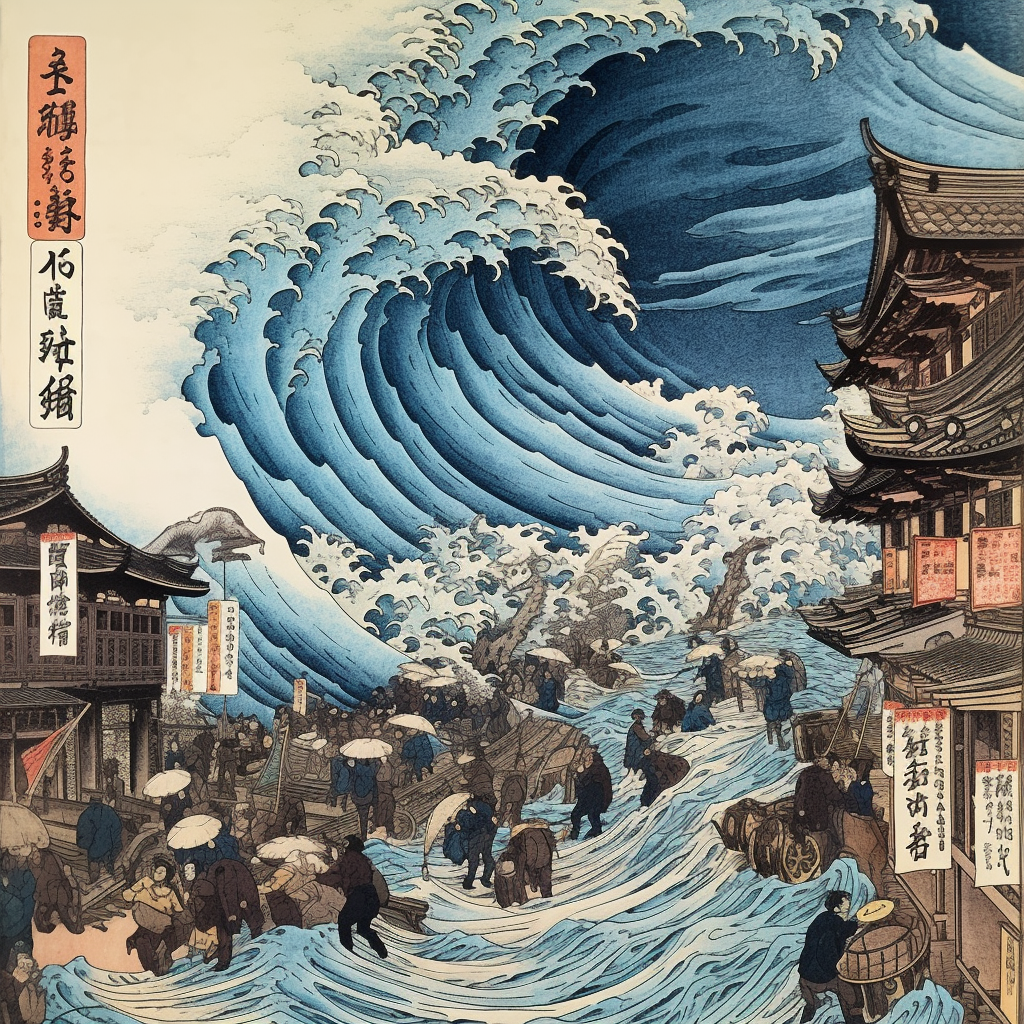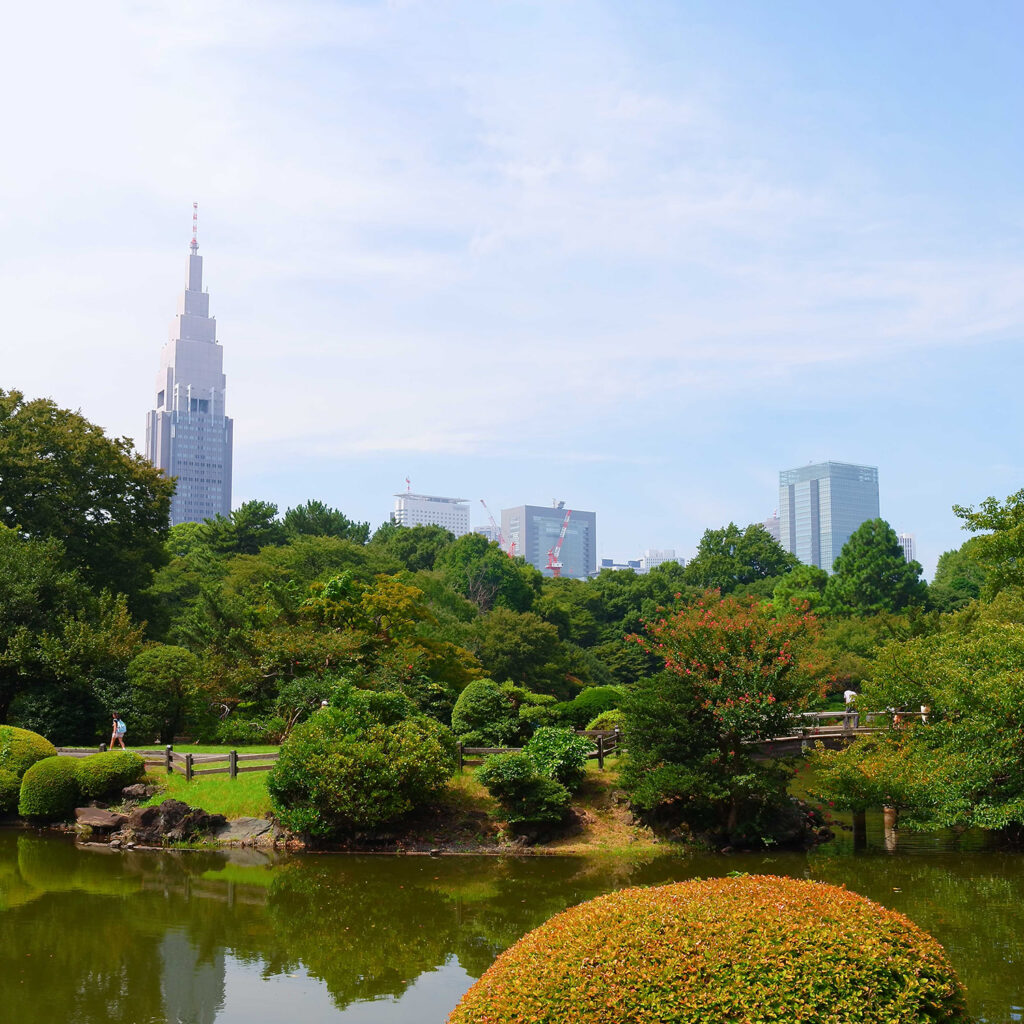Japan is a country located in an area of high seismic and volcanic activity, which makes it vulnerable to tsunamis. As a result, Japanese tsunamis are common and can cause considerable damage, as was the case with the 2011 tsunami. In this article, we will look at the causes of Japanese tsunamis, the effects they have had on the country, and the measures put in place to prevent and reduce the effects of these natural disasters.
Causes of Japanese Tsunamis:
Japanese tsunamis are usually caused by undersea earthquakes, which can be caused by subduction of the Pacific Plate under the Eurasian Plate off the coast of Japan. Undersea earthquakes can cause sudden and violent movements of water, creating tsunami waves that travel at high speed across the ocean.
Effects of Japanese tsunamis:
Japanese tsunamis have had devastating effects on the country. The 2011 tsunami, for example, caused thousands of deaths and injuries, as well as extensive property damage. Coastal regions were particularly hard hit, with entire towns and villages destroyed or severely damaged.
Tsunamis can also have longer-term effects on the environment. The 2011 tsunami caused a nuclear disaster at the Fukushima nuclear power plant, which released significant amounts of radiation into the air and water, affecting the health of residents and wildlife.
Tsunami prevention and mitigation measures:
Japan has effective measures in place to prevent and reduce the effects of tsunamis. Tsunami warning systems, such as the Japan Meteorological Agency, monitor undersea earthquakes and potential tsunami waves, and issue warnings and evacuation orders when necessary.
Japan has also developed tsunami protection infrastructure, such as seawalls and breakwaters, to protect coastal communities. However, the 2011 tsunami showed that these protective measures were not always sufficient, and that further improvements were needed to ensure the safety of residents.
The different Tsunamis:
Japan has experienced numerous tsunamis throughout its history due to its geographic position on the Pacific Ring of Fire, an active seismic zone that concentrates about 90% of the world’s earthquakes. The most devastating tsunamis have occurred in recent centuries, including 1896, 1933, 1993, 2011.
The 1933 tsunami, for example, killed more than 3,000 people in Iwate and Miyagi provinces, while the 1960 tsunami was caused by an earthquake off the coast of Chile and caused extensive damage in northern Japan. The 1993 and 2004 tsunamis also caused significant damage, but their impact was limited due to the effectiveness of the Japanese tsunami warning system.
The 2011 tsunami in Japan was one of the worst natural disasters in the country’s history. It was triggered by a magnitude 9.0 earthquake that occurred off the northeast coast of Japan on March 11, 2011. The tsunami that followed caused waves of more than 40 meters high that broke on the coast, destroying everything in their path. It caused massive flooding that damaged the Fukushima Daiichi nuclear power plants, resulting in radioactive leaks. More than 18,000 people were killed or missing and hundreds of thousands were displaced from their homes. Japan was heavily impacted economically, with costs estimated at over $300 billion.
The Japanese government and the international community worked together to assist in the reconstruction and recovery of the tsunami-affected region. Efforts have been made to strengthen the safety of nuclear power plants and to improve tsunami warning systems and coastal infrastructure.
Since the 2011 tsunami, the Japanese government has strengthened its tsunami prevention and response measures. These include improving the early warning system, increasing the number of seismic sensors and tide gauges, and developing tsunami protection infrastructure such as seawalls and tsunami walls.



